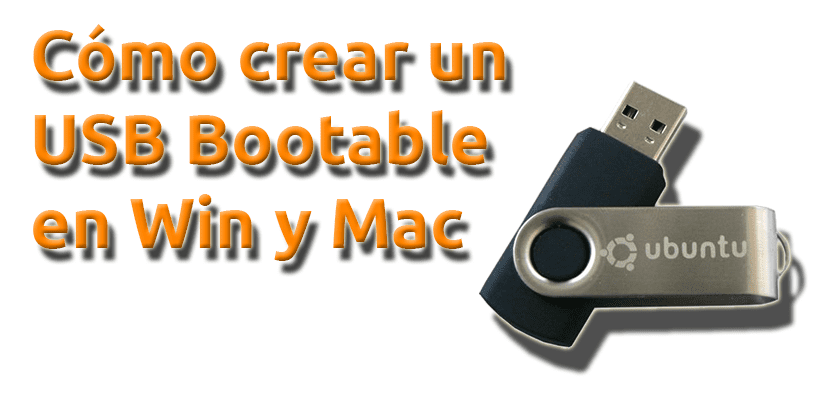

- #How to make a bootable usb from iso linux mint for imac how to#
- #How to make a bootable usb from iso linux mint for imac install#
- #How to make a bootable usb from iso linux mint for imac software#
- #How to make a bootable usb from iso linux mint for imac password#
… The software comes with several other features like live ISO editing, rename disc label, disc emulation, and more. If you open the ISO image with software such as UltraISO or MagicISO, it will indicate the disc as Bootable or Non-Bootable.
Chose the USB drive you want to test from the drop-down menu. Click on the button labeled “Run the LiveUSB” in the bottom half of the window. After the download is complete, right click on the downloaded EXE and choose “Run as Administrator” for the context menu. Download MobaLiveCD from the developer’s website. #How to make a bootable usb from iso linux mint for imac how to#
How to Check If a USB Drive Is Bootable or Not in Windows 10 … That means you can re-boot your system from the USB, or even make a copy of your Windows, Mac or Linux (hello there, Ubuntu) OS for using on other computers.
#How to make a bootable usb from iso linux mint for imac password#
Enter the password you configured for the encrypted volume and Mint will boot.The most common reason to transfer data from a CD/ISO to a USB drive is to make the USB bootable a live USB. After it completes, you can reboot to the new USB instance of Mint and you should get a password prompt. Some people like to click the option to automatically login suppressing the user login prompt since a password must be entered to even get to the login prompt, but it is completely up to you.

#How to make a bootable usb from iso linux mint for imac install#
Click Install Now and set up the timezone, keyboard layout, and user info.Make sure to select the volume mount point that you noted earlier in Disks, or you could end up wiping your local HDD instead of the USB. the latest NiceHash OS version and guide you through the bootable USB creation process.

Define a password for the encrypted volume (you will need to enter this password any time you boot from the Mint USB). Here is where you want to choose "Guided - use entire disk and set up encrypted LVM".
Click through the installer until you get to Disk Setup. Now back in Terminal, start the Mint installer by running. For example, this 8 GB thumb drive is mounted at /dev/sdb: Under the name of the drive you can find the mount point. The drive details will be displayed on the right. Click on the thumb drive that you just plugged in (it should be listed under the Devices list in the Disk GUI). Plug in the USB drive and open Disks (Menu > Disks) to see where Mint has mounted the drive. Now it's time to plug in your USB 3.0 drive and install Mint to the drive with LUKS enabled: It's time to enable LUKS in Ubiquity, the Mint installer: Linux Live (LiLi) USB Creator is a great open source program to create Linux USBs from within Windows. If not running Windows, you can find other methods for applying the ISO to a USB here: Once downloaded, either burn the ISO to a CD or download LiLi and create a bootable Mint Live USB. I went with 64-bit Cinnamon but the other choices are fine if you are particular. Once you have a swift USB drive to host the Mint partition, you will want to grab the latest version of the Mint ISO. I tried cheaper USB 3.0 drives but couldn't break 7 MB per second, which is really slow for hosting an OS and the performance was only slightly bearable. Using HD_Speed I got a solid average read/write speed of 50 MB per second. I am using the SanDisk Extreme USB 3.0 and have found the responsiveness to be quite good. A USB 3.0 USB drive to make into the encrypted Mint partitionįirst, you need to get a USB drive that will run a lightweight operating system while remaining responsive for a realistic user experience. A USB drive to make a live mode Mint boot disk, or a CD to burn the Mint ISO. Have any interest in creating a LUKS encrypted, persistent OS that fits in your pocket? Then this post is for you.This tutorial will take you through installing a LUKS encrypted instance of Mint 16 on a USB drive.Įdit: be sure and check out vwhite's post on integrating LUKS NUKE into this kind of setup:







 0 kommentar(er)
0 kommentar(er)
